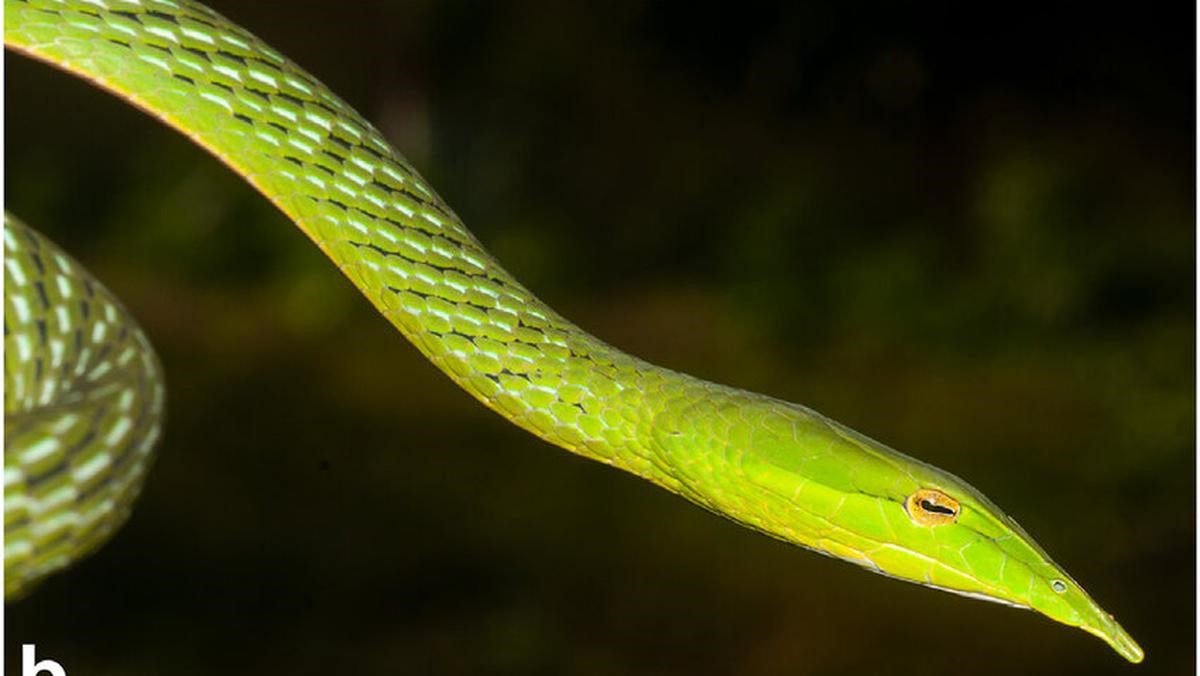7667766266
enquiry@shankarias.in
Prelims – Bio-diversity.
Mains (GS III) – Conservation.
A rare long-snouted vine snake has been rediscovered in the Dudhwa Tiger Reserve in Lakhimpur Kheri, Uttar Pradesh.

|
Dudhwa Tiger Reserve |
|